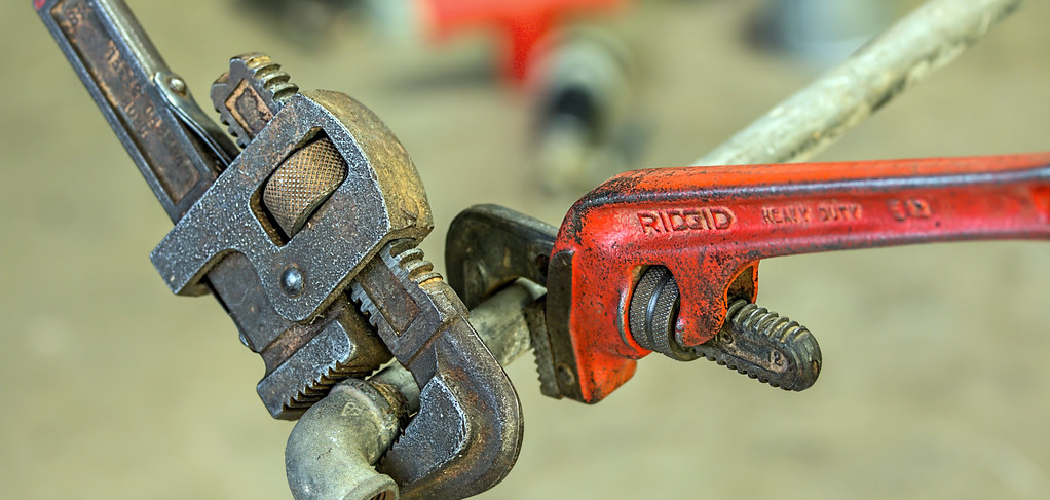Using a pipe wrench can be an essential part of various plumbing and mechanical tasks, but improper use may lead to scratches or damage to pipes and fittings. To achieve efficient results while preserving the surface of the materials, it is important to follow the right techniques and precautions. This guide will provide helpful tips and steps for how to use a pipe wrench without scratching.
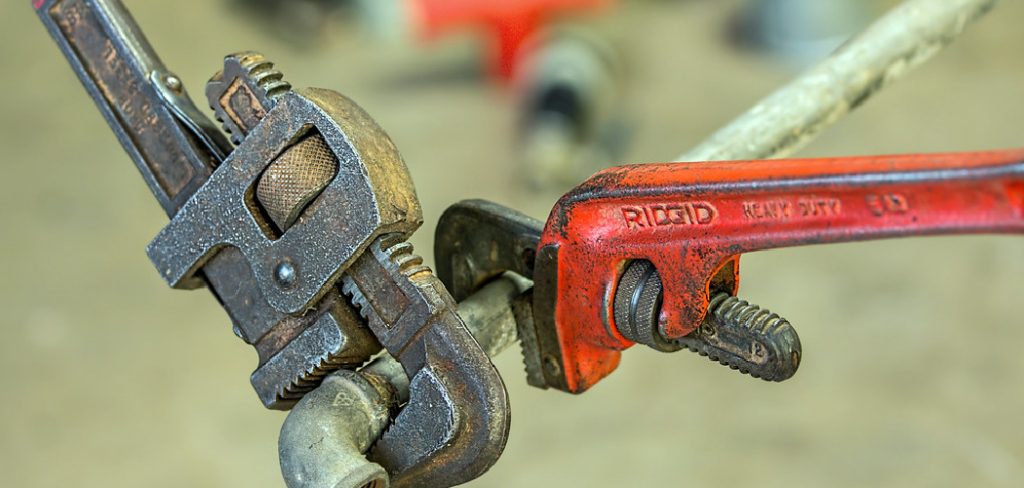
Pipe Wrenches and Their Impact
Pipe wrenches are indispensable tools for gripping and turning pipes and cylindrical objects. Their jaw design allows for a firm grasp, making it easier to complete demanding tasks like loosening or tightening pipes. However, the gripping teeth of a pipe wrench can leave scratches, dents, or other surface marks if not used carefully.
These imperfections may weaken the integrity of the material over time or result in an unappealing finish, particularly on visible fixtures. Understanding both the capabilities and potential impact of a pipe wrench helps users employ the tool effectively while minimizing surface damage.
Tools and Materials Needed
To work effectively with a pipe wrench and ensure optimal results, it’s important to have the right tools and materials on hand. Here’s a list of essentials:
- Pipe Wrench: Choose an appropriate size based on the diameter of the pipes or fittings you are working with. Adjustable wrenches are versatile options for various tasks.
- Protective Padding or Cloth: To minimize surface damage, consider wrapping the pipe with a protective material before securing the wrench.
- Lubricant: A pipe lubricant can help loosen rusted or stuck fittings, reducing the effort required.
- Work Gloves: Ensure a firm and safe grip on the tool while also protecting your hands from slipping or injuries.
- Cleaning Supplies: A cloth or brush to clean the pipe of debris or dirt, ensuring a better grip and cleaner work area.
- Safety Goggles: Protect your eyes from debris or harmful splashes when working on pipes, especially in plumbing repairs.
Having these tools and materials readily available allows for a smoother workflow and reduces the risk of accidental damage during the task.
10 Methods How to Use a Pipe Wrench without Scratching
1. Choose the Right Size and Type of Pipe Wrench
The first method to prevent scratches is selecting the appropriate size and type of pipe wrench for the job. Using a wrench that’s too large or too small increases the chance of slipping or applying uneven pressure, which can gouge the pipe surface. Adjustable pipe wrenches come in various lengths; smaller wrenches offer more precise control on delicate pipes, while larger wrenches provide more torque but less finesse.
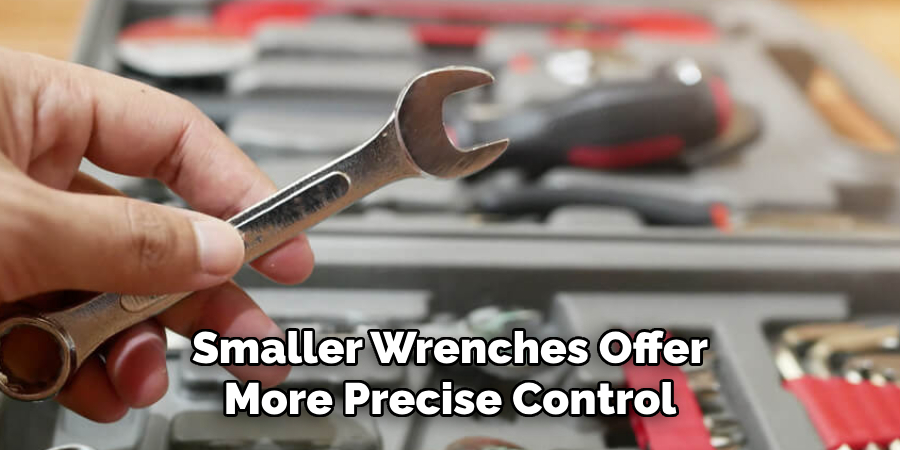
Additionally, consider using a “straight pipe wrench” instead of a heavy-duty “stillson wrench” for finer tasks. Matching the wrench to the pipe diameter and material is a foundational step in protecting pipe finishes.
2. Use Protective Padding Between the Wrench Jaws and Pipe
One of the most effective ways to prevent scratches is to insert a soft protective barrier between the wrench jaws and the pipe surface. Common materials used include strips of leather, rubber, or even layers of cloth or electrical tape wrapped around the pipe. This padding cushions the metal teeth of the wrench, reducing direct metal-to-metal contact. While this may slightly reduce grip strength, it protects delicate finishes from being gouged or marred. For high-end plumbing with visible polished pipes, this simple addition can save significant refinishing work later.
3. Apply Gentle, Controlled Pressure
When using the pipe wrench, it’s critical to apply force slowly and steadily rather than jerking or hammering the tool. Sudden or excessive pressure can cause the serrated jaws to dig deeply into the pipe surface, leaving permanent scratches or dents. Instead, tighten the wrench jaws carefully, adjust the grip as needed, and turn the pipe with smooth, gradual pressure. Maintaining control throughout the process helps keep the wrench teeth from slipping and scraping the metal surface. Patience and precision in applying force will greatly reduce the risk of damage.
4. Engage the Wrench Teeth Properly
Proper engagement of the wrench teeth on the pipe is essential. The pipe wrench works by using its serrated jaws to “bite” into the pipe when torque is applied in the turning direction. Position the wrench so that the fixed jaw is on the side that tightens when you turn. This ensures that the wrench grips firmly and reduces slippage. A slipping wrench will scratch or gouge the pipe more aggressively. Before turning, ensure the wrench teeth are fully seated on the pipe surface and not partially on an edge or seam. This secure grip minimizes scratches and improves efficiency.
5. Use a Non-Marring Pipe Wrench Attachment
For delicate or polished pipes, consider using non-marring attachments or jaw covers specifically designed for pipe wrenches. These accessories are usually made from soft plastic, rubber, or nylon and slip over the serrated jaws to prevent scratches while maintaining grip.
Although these covers slightly reduce the wrench’s biting power, they provide an excellent compromise between grip and surface protection. Non-marring jaw covers are especially useful when working on brass, copper, or chrome-plated pipes where aesthetic preservation is important.
6. Clean and Inspect the Pipe Surface Before Use
Dirt, debris, or corrosion on the pipe surface can increase the likelihood of scratching when the wrench teeth drag across rough spots. Before applying the wrench, clean the pipe thoroughly using a wire brush, cloth, or mild cleaner to remove grime or oxidation. Smooth surfaces allow the wrench to grip more evenly and reduce abrasive scratching.
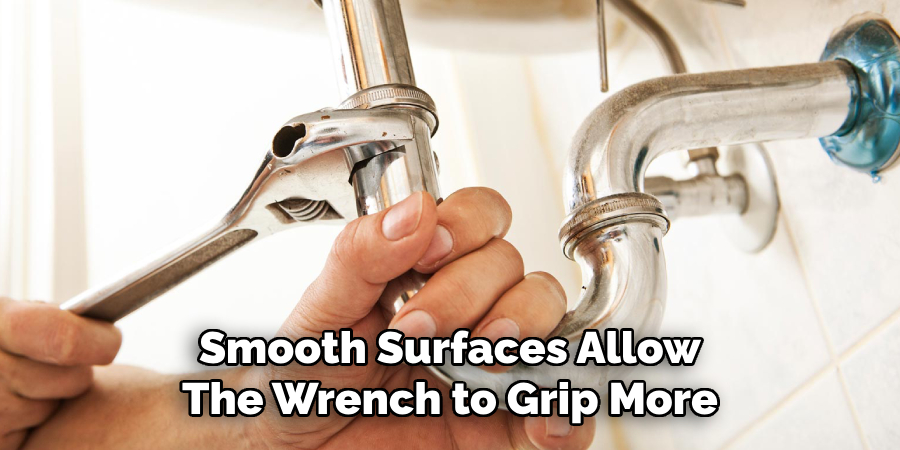
Additionally, inspect the pipe for existing dents, pits, or irregularities that might cause the wrench to slip or gouge. Cleaning and preparing the pipe surface sets a smooth stage for gentle wrench operation.
7. Avoid Over-Tightening and Excessive Torque
Applying excessive torque with a pipe wrench is a common cause of scratches and permanent damage. When a pipe or fitting is stuck, users sometimes force the wrench beyond safe limits, causing the serrated jaws to dig deeply. To prevent this, only apply enough torque to loosen or tighten the pipe without overexerting. If a pipe is stubborn, consider using penetrating oils, heat, or pipe loosening sprays instead of brute force. Using mechanical aids like cheater bars can lead to loss of control and surface damage, so avoid them on delicate pipes.
8. Support the Pipe to Prevent Movement
Movement of the pipe during wrench use can cause scraping as the pipe shifts against the wrench jaws or adjacent surfaces. Supporting the pipe with a secondary tool such as a pipe stand, clamp, or another wrench helps stabilize it. This steadiness allows the pipe wrench to apply force more evenly and reduces lateral movement that leads to scratches. Particularly in mobile or flexible plumbing systems, securing the pipe before turning ensures safer, cleaner wrench application.
9. Use a Combination of Wrenches for Final Adjustments
In some situations, you may want to avoid using the pipe wrench directly on finished pipe surfaces. Instead, use a combination of wrenches—start with the pipe wrench on the fitting or joint that is less visible or more rugged, and switch to a smooth-jawed wrench such as an adjustable crescent wrench for final tightening or loosening. This combination approach minimizes the use of serrated jaws near polished or delicate pipe areas, thereby reducing the risk of scratching.
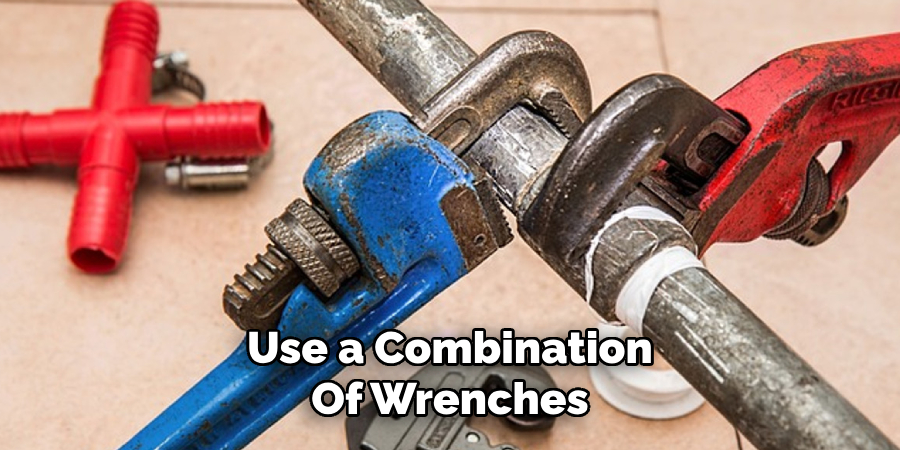
10. Regularly Maintain and Sharpen the Wrench Jaws
Surprisingly, the condition of the pipe wrench itself affects how likely it is to scratch pipes. Worn or damaged jaws with uneven or blunt teeth tend to slip more and cause irregular scratches. Regularly inspect and maintain your pipe wrench by cleaning the jaws and sharpening the teeth if needed. Well-maintained jaws bite cleanly and grip consistently, allowing you to apply force more confidently and gently. This maintenance extends tool life and improves the quality of work, including scratch prevention.
Things to Consider When Using a Pipe Wrench
When using a pipe wrench, there are a few important factors to keep in mind to ensure safety, efficiency, and the protection of your materials. Firstly, always select the appropriate size of the pipe wrench for the job. Using a wrench that is too large or too small can lead to poor grip and potential damage to the pipe. Secondly, ensure that the wrench is positioned correctly, with the adjustable jaw firmly secured around the pipe. Improper positioning can increase the risk of slipping and scratching.
Additionally, avoid applying excessive force, as over-tightening may deform or damage the pipe. Lastly, remember to check your workspace for proper lighting and clearance, reducing the chance of accidents and enhancing precision while working. By considering these factors, you can improve your outcome and minimize unwanted issues during projects.
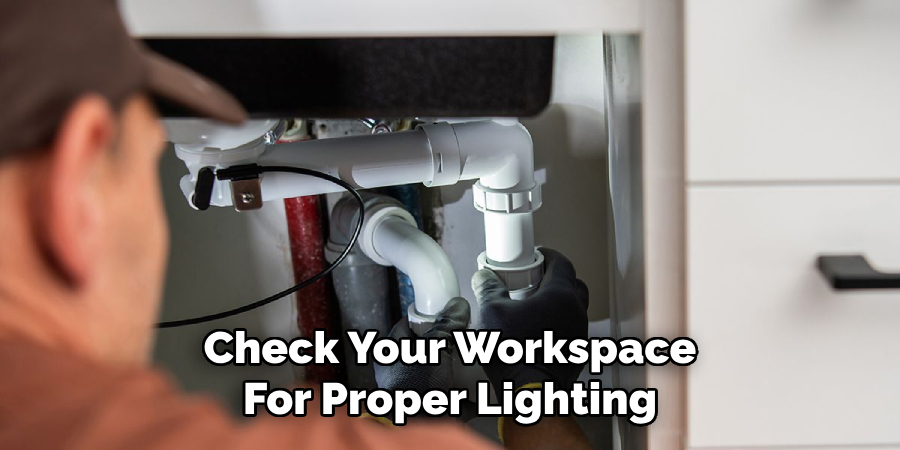
Conclusion
Using a pipe wrench without scratching pipes requires a thoughtful combination of tool selection, protective measures, technique, and maintenance. Selecting the right size wrench, cushioning the jaws with padding or non-marring covers, applying controlled force, and ensuring proper jaw engagement are all foundational to preserving pipe surfaces.
Cleaning pipes beforehand, avoiding over-torquing, supporting pipes to prevent movement, and using alternate wrench combinations further safeguard against damage. Thanks for reading our blog post on how to use a pipe wrench without scratching! We hope you found it helpful and informative.

